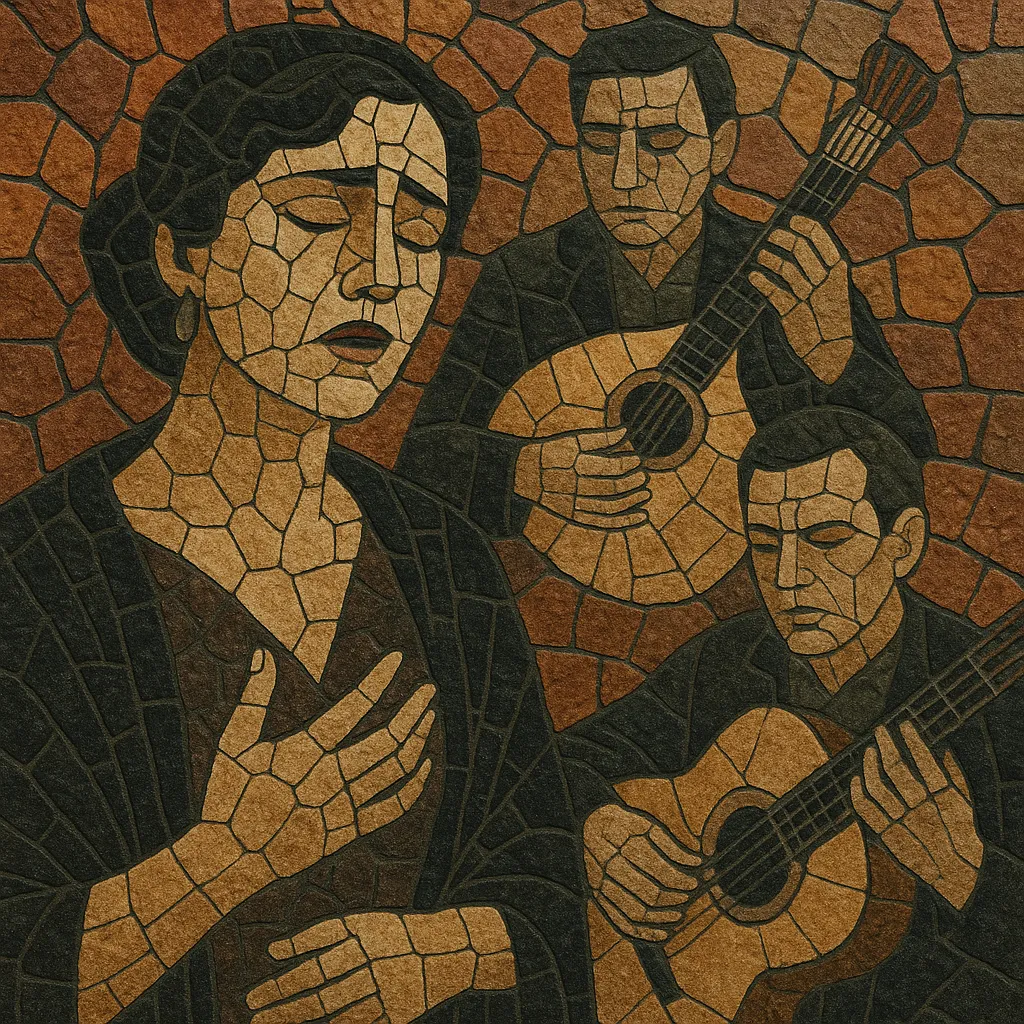Fado is an urban Portuguese song tradition centered on the feeling of saudade—an untranslatable mix of longing, nostalgia, and bittersweet melancholy. It emerged in 19th‑century Lisbon’s working-class neighborhoods and port districts and later developed a distinct academic strain in Coimbra.
Typically performed by a solo singer (fadista) with accompaniment from the 12‑string guitarra portuguesa (Portuguese guitar) and a 6‑string viola (classical/steel‑string guitar), fado favors minor keys, expressive rubato, and ornate melodic embellishment. Its poetry (often in quatrains) contemplates love, fate, the sea, and everyday hardship.
Two principal styles dominate: Fado de Lisboa, intimate and dramatic, and Fado de Coimbra, associated with student serenades and a more classical, restrained delivery. Recognized by UNESCO in 2011 as Intangible Cultural Heritage, fado remains a living tradition continually renewed by contemporary interpreters.
Fado crystallized in Lisbon in the 1820s–1840s within taverns, brothels, and sailors’ quarters of neighborhoods like Mouraria and Alfama. It likely drew on a confluence of Portuguese poetic song (modinha), Afro‑Brazilian dance‑song (lundu), Iberian dance forms such as fandango, and older Iberian/Mediterranean melodic sensibilities tied historically to Andalusian and Moorish legacies.
Early figures like Maria Severa (c. 1820–1846) became mythic, modeling the dramatic, intimate style of the fadista and shaping the genre’s ethos of saudade and fatalism.
By the late 19th and early 20th centuries, fado professionalized in Lisbon’s casas de fado (fado houses), settling into recognizable song frameworks (e.g., Fado Menor, Fado Corrido) and developing the idiomatic role of the guitarra portuguesa.
In Coimbra, students adapted fado into a serenading tradition with a more sober, classical demeanor, often performed outdoors at night and associated with academic rituals.
From the 1930s to the 1960s, fado entered a golden age. Amália Rodrigues modernized the repertoire, collaborating with poets, expanding harmonies, and touring internationally. During the Estado Novo dictatorship (1933–1974), the genre was promoted as emblematic of Portuguese identity but also censored; many artists navigated between official expectations and authentic expression.
Instrumental virtuosi (notably Carlos Paredes) elevated the Portuguese guitar’s concert status, while singers like Alfredo Marceneiro and later Carlos do Carmo refined Lisbon’s stylistic vocabulary.
Post‑1974, fado shed political associations and diversified. New generations revitalized the form, embracing traditional austerity while experimenting with arrangement, harmony, and repertoire.
In 2011, UNESCO inscribed fado as Intangible Cultural Heritage. Contemporary artists (e.g., Mariza, Ana Moura, Carminho, Camané, Mísia) have brought fado to world stages, blending respect for tradition with subtle cross‑genre influences while preserving the centrality of voice, poetry, and the Portuguese guitar.


